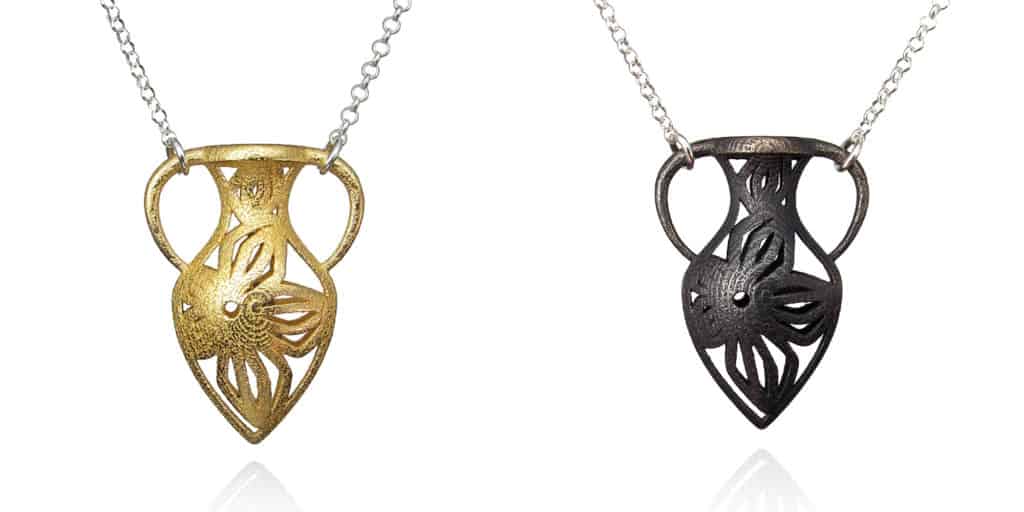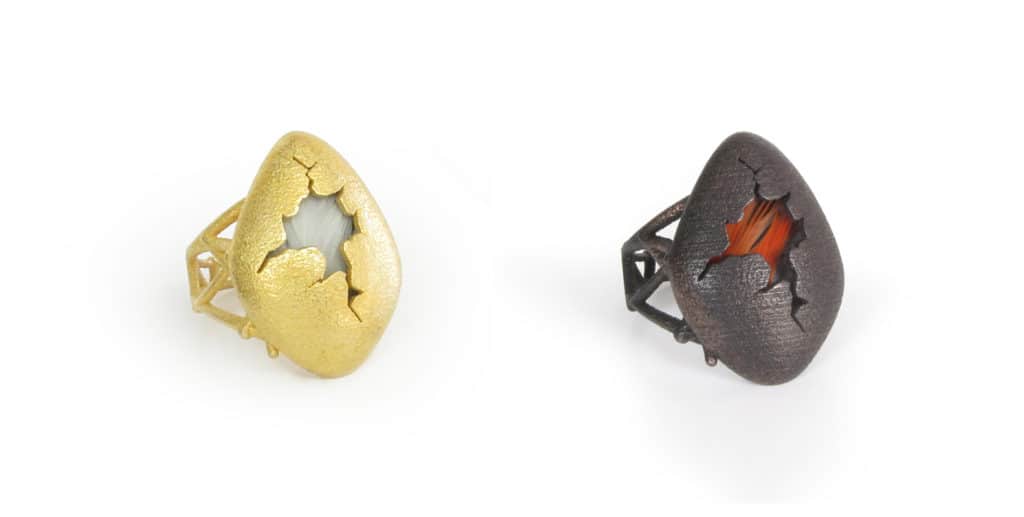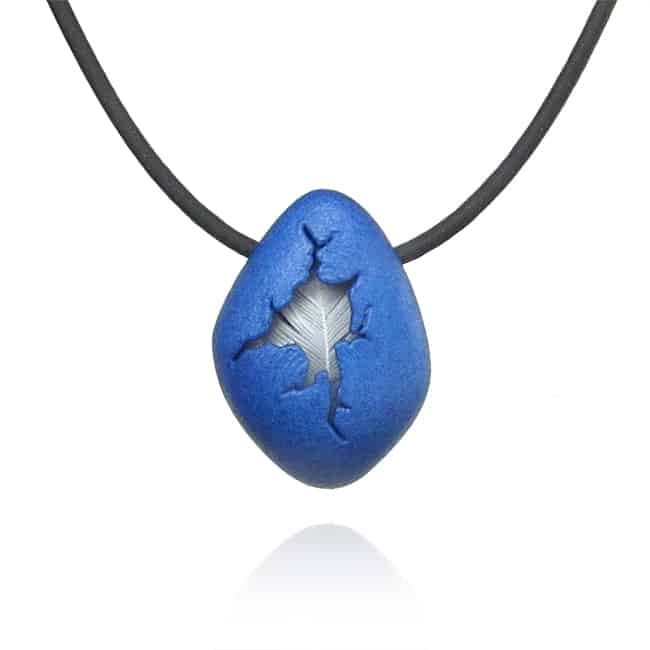Written by: Vivian Orr, SCC Communications and Publications Coordinator
#ABCraft is the current exhibition in the Feature Gallery at Alberta Craft Council (ACC), 10186 – 106 Street, Edmonton, AB – on until July 2, 2016.
#ABCraft looks at how digital technology is enhancing or impacting fine craft artists in Alberta. Social media, digital imaging and 3-D printing are becoming more common and an increasingly important career opportunity for fine craft artists. The exhibition features new and recent work by artists using digital technology in many ways including communications, marketing, research, image development, prototyping and production.
In April, I had the opportunity to drop into the ACC and see this diverse exhibition. As someone who is exploring digital technology in my own work, I found the comments and descriptions by the artists about their processes both interesting and timely. I approached the #ABCraft artists and asked them to answer a series of questions. We will be featuring their replies on the SCC Blog over the next few weeks. I hope you enjoy the #ABCraft artists thoughtful and insightful answers as much as I did.
Andrée Chénier
Website: www.andreechenier.com
Instagram: @andreechenier
Facebook: @andreechenierjewellery
Twitter: @andreechenier

“Metal Vase Rings” 2014, Steel and gold plated steel with sterling silver chains; 3D printed process. $90.
Did you have a “fine craft crisis of conscience” moment when you initially contemplated integrating digital technology into your work?
I like the process of making things whether they are considered fine craft, sculptural, or something useful for the household so that wasn’t something that got in my way. If something seems interesting to me, I often want to try it out to see what will happen.

“Egg Rings” 2016, Steel and gold plated steel, feather; 3D printed process. $110.
Have you found viewers and purchasers of your work puzzled, conflicted, oblivious or completely comfortable with the digital aspects of your work?
Yes, all of the above! Some people are interested only in the traditional jewellery, some people are interested just in the digital work, some focus only on the aesthetic aspect so how it happened is not important to them and some people seem to be disappointed when I tell them that some of my work is 3D printed. I put as much attention in one as in the other but to the observer, there is often a clear division in the two types of works. In a way, if the “fine craft crisis of conscience” happens it’s when I try to position myself and my work but in the end, perhaps it’s more important to discover things that drive you than to feel limited by a preconceived idea.
How does digital technology enhance your artistic or business practices?
It’s like another medium to explore. In a way, it makes my brain work a little differently and I love that variety. If I’ve been working on the computer for a while and feel a bit uninspired, I know it’s time to work with my hands and for me, it doesn’t really work the other way around. All of my ideas end up being hand fabricated first. This process creates momentum and more ideas get generated. Once I’m satisfied with my hand fabricated piece, then I might start thinking about how I would make it differently using modern technology. The use of digital technology is an extension of my work.
How difficult was it to incorporate digital technology into your work flow?
To get to the point where I’m on the computer creating a piece requires a shift and I have to consciously set my mind to it. Once I’ve completed a series of hand fabricated pieces, there’s usually an element that will lend itself to being explored for 3D printing. I’ll think of how I might adapt it for modern technology. I also think about the software program and visualize what tools I might use to create it. It’s different but in some ways, it’s not unlike working out a hand fabricated piece; I think about it, then I do some sketching and once I can visualize it, then I sit down and start making it.

“Nylon Egg Pendant” 2016, Coated nylon with rubber cord, feather; 3D printed. $45.
Where did you acquire the skills, software and hardware?
I did the jewellery arts program at George Brown College and was fortunate enough to be encouraged to explore 3D printing. I did and now I consider it one of the main items in my “toolbox”. As for the technical skills, I worked as a website developer for 11 years so I’m fairly comfortable exploring applications. If there’s software that can help me get to where I want to go, I’m usually curious in how it works. I purchased the software and I don’t have a printer at home so I outsource that part.
What technological tool would you love to get your hands on in the future?
That’s a great question. I am interested in exploring laser cutting. I hear that they are making the machines more and more affordable. I like creating volume but I also enjoy creating graphics with vector programs, which is what is required when preparing files for laser cutting.
Is there anything else you would like to share about your experience with fine craft and digital technology?
There’s a divide between the perception of items created with modern technology and fine craft, and understandably so. However, both require patience, attention to detail, design skills and planning to create a successful piece. I get just as excited about new work whether I’m on the computer or working directly with metal and the thinking process behind it is surprisingly similar. You encounter issues in both cases that you need to resolve in order to get to your final piece.
